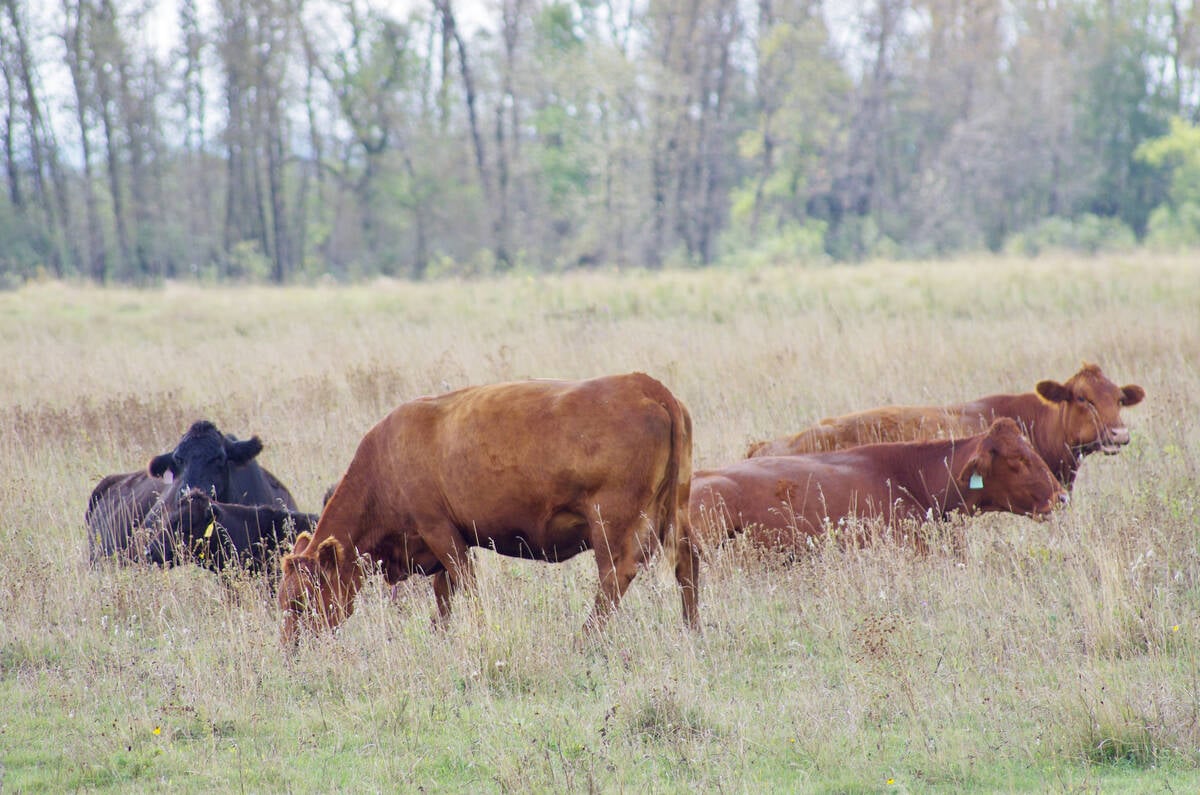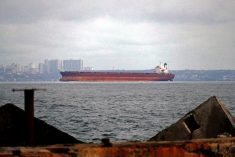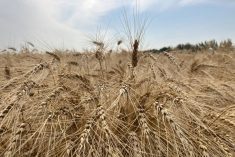Kyiv | Reuters — Russian shelling destroyed the warehouses of one of Ukraine’s largest agricultural commodities terminals in the Black Sea port of Mykolaiv over the weekend, authorities and the facility’s owner said Tuesday.
The attack came at a time Turkey is trying to develop a U.N.-backed plan to start grain exports from Ukraine’s ports, and ahead of meetings on Wednesday by the foreign ministers of Russian and Turkey to discuss safe shipping.
Reuters could not immediately establish what was stored at the terminal. The government called it a grain terminal. Local media said the shelling hit a warehouse where sunflower meal was stored.
Read Also

U.S. livestock: ‘Relentless’ fund selling knocks down CME cattle futures
Chicago | Reuters – U.S. cattle futures fell further at the Chicago Mercantile Exchange on Thursday under pressure from fund…
Ukraine, the world’s fourth largest grains exporter, operates dozens of export terminals along the Black Sea where cities are regularly shelled by Russia. A Russian blockade is preventing Ukraine from using the sea for exports.
“The day before yesterday, the warehouses of one of the largest terminals in Ukraine were destroyed,” Vitaliy Kim, the governor of the Mykolaiv region, told Ukrainian television.
Kim did not name the terminal, but Ukrainian conglomerate Group DF identified the target as its Nika-Tera port facility in Mykolaiv.
“The port complex Nika-Tera… has come under massive shelling,” Lanny J. Davis, U.S. co-counsel to Group DF owner Dmytro Firtash said in a statement on Tuesday.
It said the attack rendered the port facilities entirely unusable.
“Apparently, the Russians are concerned with getting the Black Sea ports either under control or destroying them. By thus cutting off Ukrainian grain exports, they can and will use the hunger of millions of people in much of North Africa as another weapon in this cynical war,” the statement quoted Firtash as saying.
Local emergency services said they had been battling to put out a fire at warehouses on Aivazovsky Street, where Nika-Tera is located. They published a photo of a burned-out building.
Oleg Nikolenko, a foreign ministry spokesman, called it Ukraine’s second biggest grain terminal, saying Russia had destroyed it.
Since Russia’s Feb. 24 invasion of Ukraine, Kyiv has repeatedly accused Russia of targeted attacks on infrastructure and agriculture in an effort to provoke a global food crisis and pressure the West.
Moscow, which calls the war a special military operation, blames Western sanctions on Russia and sea mines set by Ukraine for the drop in food exports and rising global prices.
Reports of attacks in Mykolaiv helped drive wheat prices up more than five per cent on Monday, and dampened expectations that a diplomatic deal could be reached to resume sea shipments of Ukrainian grain.
Taras Vysotskyi, Ukraine’s first deputy minister of agrarian policy and food, said on Tuesday that Ukraine would only be able to export a maximum two million tonnes of grains a month if Russia refuses to lift its blockade of the country’s Black Sea ports.
Before the war, Ukraine was able to export six million tonnes of grains a month. Currently, more than 20 million tonnes of grain are stuck in the country’s silos.
Meanwhile, Russia’s defence minister said Tuesday the occupied Ukrainian ports of Berdyansk and Mariupol have been de-mined and are ready to resume grain shipments.
— Reporting for Reuters by Pavel Polityuk and Reuters staff.
















